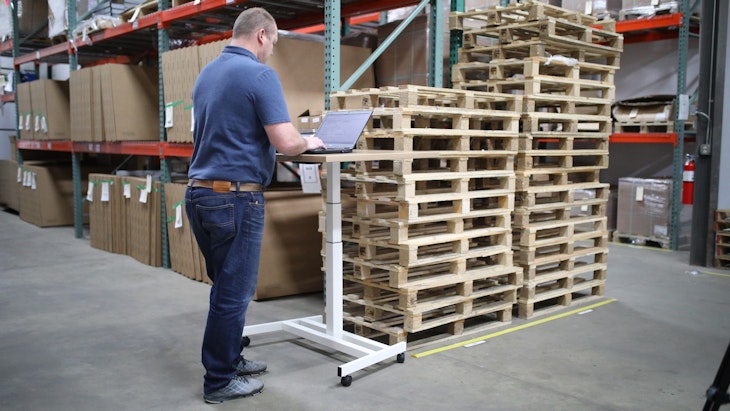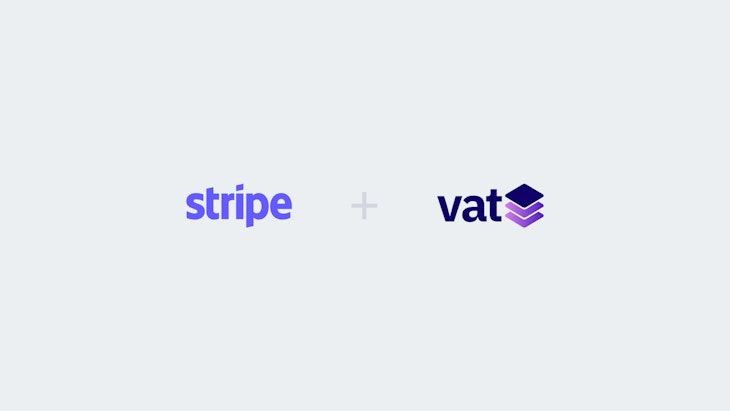Deadlines for Businesses Filing VAT OSS Returns
Every quarter, all businesses selling digital products or services to costumers in the EU must file VAT OSS tax returns for VAT remittance. It’s a responsibility to comply and file on time to avoid fines.
Matt HagemannPublished July 27, 2019
Selling digital products online can be a lucrative business. Before you start to accept orders from EU customers, ensure whether your business is required to register for VAT OSS (One-Stop Shop). Our article about EU VAT rules will help you establish whether you meet the requirements.
VAT OSS is a centralized scheme to account for EU VAT. It replaces the MOSS (Mini One-Stop Shop) scheme since July 1, 2021. Like most other product categories, electronically supplied services (ESS, or commonly known as digital products and services) are subject to VAT. You apply and charge your customer’s local VAT rate (e.g. 19% in Germany).
Businesses are responsible for charging a VAT against their customer’s invoice on behalf of tax authorities in the European Union.
You need to remit the collected VAT through the OSS scheme when due. All your supplies to end-customers in the EU during the reporting period are compiled with the accompanying VAT. You sum up the value of all supplies to each individual Member State and select the applicable VAT rates.
VAT is remitted on a quarterly basis. Your tax return must be filed electronically to your OSS no later than one month following the end of the calendar quarter. This means that the tax return must be transmitted for:
- 1st calendar quarter by 30 April,
- 2nd calendar quarter by 31 July,
- 3rd calendar quarter by 31 October,
- 4th calendar quarter by 31 January (of the following year).
Technically, you have a month to compile and file your VAT returns after each respective quarter. Even if you had sales with EU customers in the relevant calendar quarter, you must still file a “nil return”. Failing to file will trigger reminders and potential fines.
Due Diligence Before Deadline
VAT rates are different across the 27 EU member states. Each member state in the EU has its own VAT rates. Having customers across the EU can mess up your quarterly reporting if wrong VAT rates are applied during charges. Inaccurate reporting will tie up resources and cause unnecessary costs.
You can look up the correct VAT rate for every Member State automatically in our database of VAT rates to keep your rates up-to-date.
Furthermore, if you have business customers who provided their VAT number, validating them once again before a deadline is recommended. VAT registrations can expire. In such cases you have to ask your customer to provide their new VAT number or treat them like a consumer again by charging VAT.
We’ve also written a tutorial that shows you how you can automatically re-validate a VAT number shortly before an invoice becomes due.
You will immensely benefit from our end-to-end VAT reporting facility. Hook up Vatstack with a payment provider like Stripe, and you can have all your transactions synchronized. By the due date, your reports are available and accurately calculated.
Receive a Reminder When VAT Filing Is Due
Vatstack gives its users a free service by reminding them when VAT filings become due. Create a free account with Vatstack and receive a notification shortly before you should prepare your VAT OSS reports.


